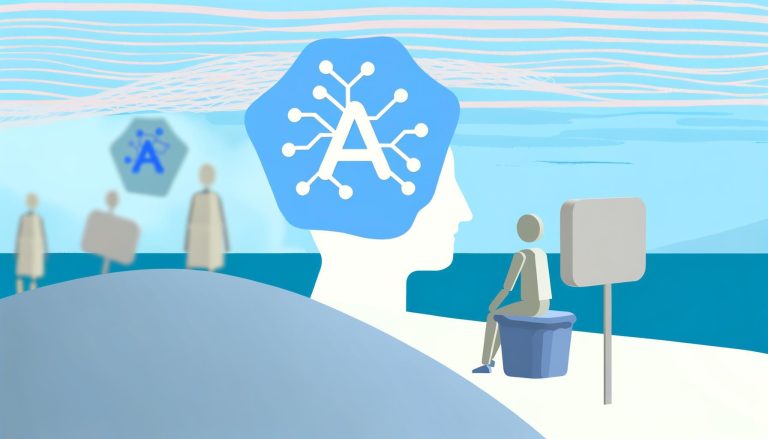Individuals with Autism Spectrum Disorder (ASD) often face unique challenges in social interactions, ranging from difficulties in understanding social cues to challenges in expressing emotions. The advent of AI-powered communication tools has opened new avenues for enhancing these interactions, making day-to-day social exchanges easier and more engaging for those with ASD. This article explores how these advanced technologies can support social interactions for individuals on the autism spectrum.
Understanding Autism Spectrum Disorders
What is Autism Spectrum Disorder?
Autism Spectrum Disorder (ASD) encompasses a range of neurodevelopmental conditions characterized by difficulties in social communication, repetitive behaviors, and restricted interests. Each individual on the spectrum can exhibit a unique combination of symptoms and behavioral patterns. This variability necessitates personalized approaches to support.
Social Interaction Challenges in ASD
Common social challenges faced by individuals with ASD include:
- Difficulty reading social cues such as facial expressions and body language
- Struggles with initiating and maintaining conversations
- Challenges in interpreting tone of voice and sarcasm
- Potential sensory sensitivities impacting interactions
AI-Powered Communication Tools
Natural Language Processing (NLP)
Natural Language Processing (NLP) involves the use of AI to understand and generate human language. NLP technologies can help individuals with ASD by:
- Translating complex social language into simpler, more understandable terms
- Providing real-time conversation assistance through text or speech
- Helping recognize and interpret social cues in written or spoken communication
Facial Recognition Tools
Facial recognition AI can analyze facial expressions and provide real-time feedback on emotional states during social interactions. This technology can help individuals with ASD by:
- Training them to recognize and respond to different emotions
- Providing instant feedback in social settings, leading to improved social skills
- Creating tailored exercises for practicing emotion recognition
Speech-to-Text and Text-to-Speech Solutions
These AI tools convert spoken language into text and vice versa, aiding communication for those with verbal challenges. Benefits include:
- Facilitating clearer communication during interactions
- Allowing those with non-verbal ASD to participate in conversations
- Supporting real-time transcription in social or educational settings
Benefits of AI-Powered Communication Tools
Increased Independence
By leveraging AI technologies, individuals with ASD can gain greater independence in their social interactions, reducing the need for constant support or intervention from caregivers.
Enhanced Social Skills
Regular use of AI-powered tools can help individuals improve their social skills over time. With continuous practice and feedback, users can develop a better understanding of social norms and behaviors.
Personalized Support
AI can offer individualized support tailored to the unique needs of each person. This customization ensures that the assistance provided is relevant and effective, making communication more accessible and less intimidating.
Practical Tips for Utilizing AI Tools
Start with User-Friendly Tools
Begin with AI applications that are easy to use and require minimal setup. This approach helps in building confidence and familiarity with the technology.
Incorporate into Daily Routine
Consistently using AI tools in daily activities can lead to better outcomes. For example, using speech-to-text during family dinners or facial recognition apps during playtime can make practice fun and practical.
Seek Feedback
Regularly seek feedback from caregivers, educators, or peers to adjust the use of AI tools according to the individual’s progress and changing needs.
Combine with Traditional Interventions
Integrate AI tools with traditional therapeutic approaches such as social skills training, occupational therapy, and speech therapy to provide a comprehensive support system.
Conclusion
The integration of AI in communication for individuals with Autism Spectrum Disorder holds great promise. By enhancing their ability to understand and participate in social interactions, these tools can significantly improve their quality of life. Whether it’s through NLP, facial recognition, or speech-to-text technologies, AI stands as a valuable ally in making social exchanges more accessible and rewarding.
If you’re interested in monitoring and improving your or your loved one’s communication skills, consider using tools like the Zenora App, which offers features such as mood and habit tracking, journal entries, and goal setting to support ongoing personal development. Embracing these advanced technologies can lead to meaningful growth and enhanced social interactions.





